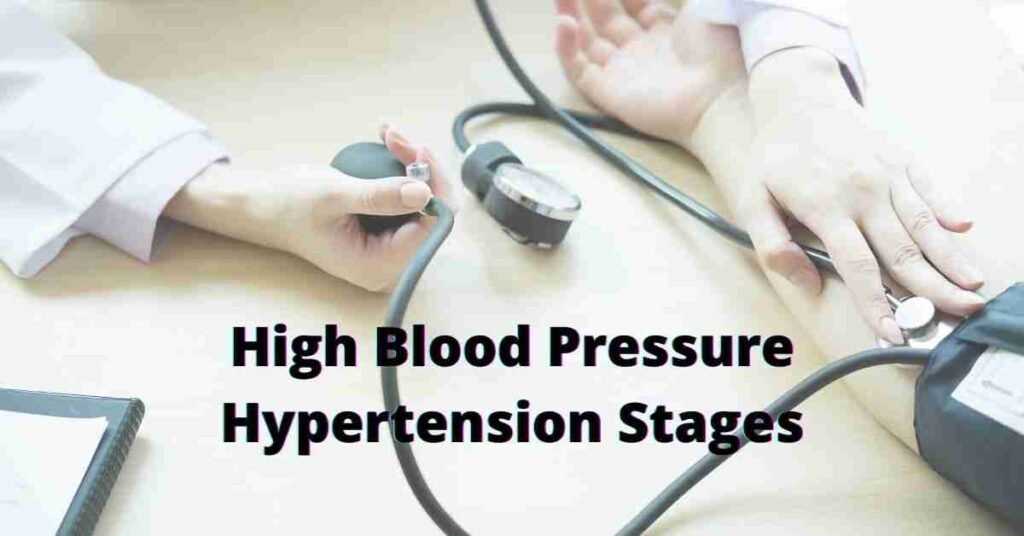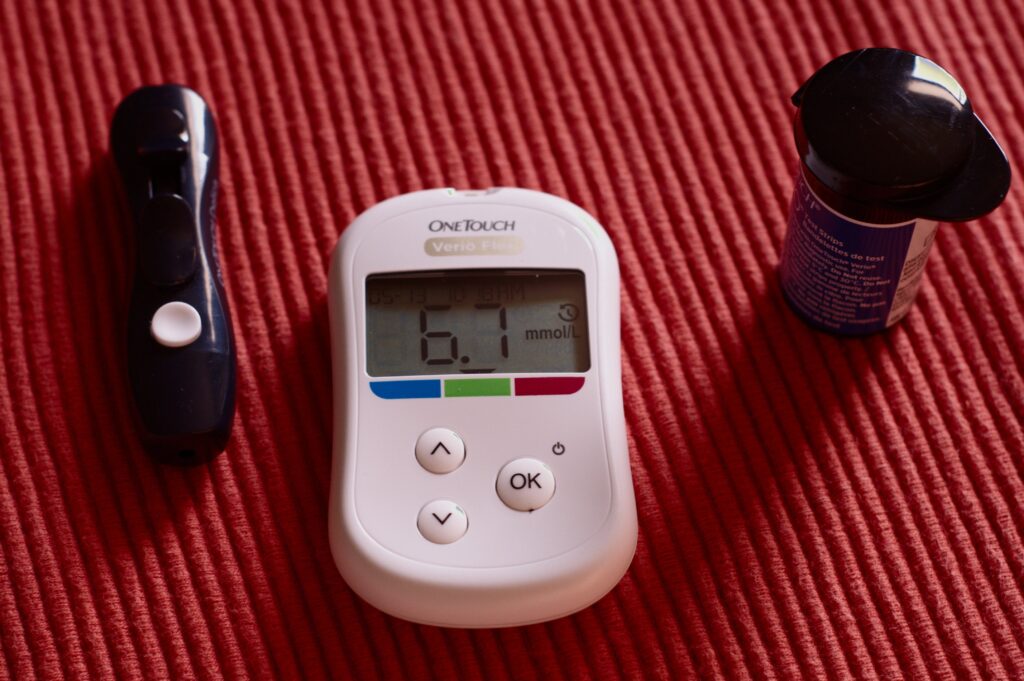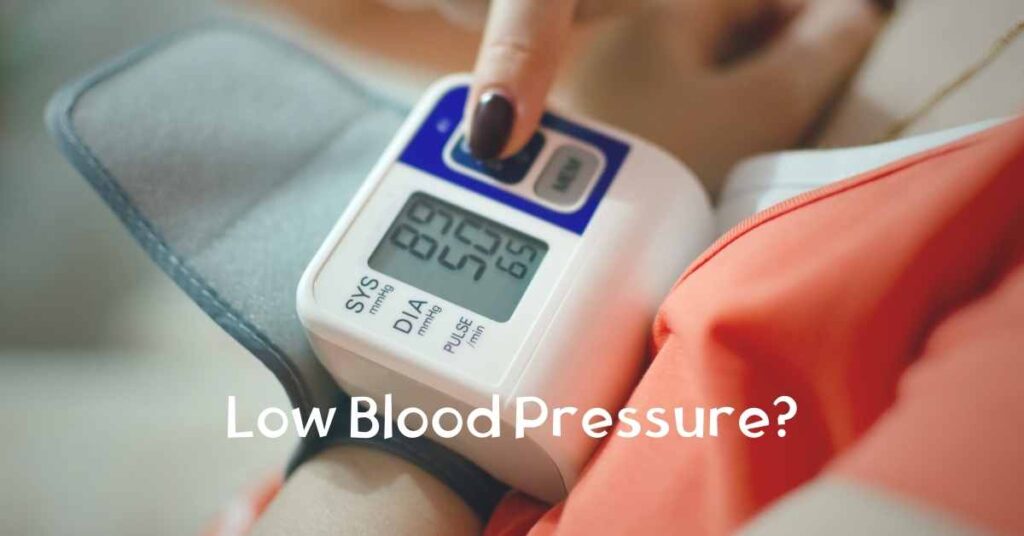What is High Blood Pressure (Hypertension)?
Hypertension commonly known as high blood pressure simply means when the blood pressure is 140/90 mm of Hg or higher at clinic.
Hypertension is a treatable risk factor for stroke, myocardial infarction, heart failure, peripheral vascular disease, aortic dissection, atrial fibrillation, end stage renal disease, dementia, etc. The lists that high blood pressure can result are quite longer. So, in this article we are going to discuss about different types of hypertension and their levels based on timing and place of measurement of high blood pressure.
Here it is also important to mention that clinical criteria to diagnose high blood pressure is generally based on the average of two or more seated blood pressure readings during each of two or more clinic visits.
So, on the first clinic visit, if it is seen that blood pressure is higher than normal , then another clinic visit is needed to see if the blood pressure is higher during the second visit or not. If it is seen that blood pressure is still higher in the second visit, then the person is likely suffering from hypertension.
A third clinic visit is generally needed to conclude finally if the patient is surely suffering from hypertension or not. In the third time clinic visit, if the high blood pressure is still present, then it is confirmed that the person has hypertension.
As high blood pressure carries risk for developing various conditions mentioned above, so it is highly important to seek medical help early.
Some Important Facts About Hypertension
Aging and Pulse Pressure
Systolic blood pressure and diastolic blood pressure both are important in case of hypertension. Systolic blood pressure rises progressively with age. So it is seen that when one lives long enough, almost greater than 90% of people will develop hypertension.
It is also seen that in developed countries, diastolic blood pressure rises until the age of 50 years and thereafter decreases, so produces a progressive rise of pulse pressure ( as pulse pressure= Systolic blood pressure – Diastolic blood pressure).
It is seen that people who develops hypertension before the age of 50 years typically have combined systolic and diastolic hypertension. It means these people have systolic blood pressure 140 mm Hg or higher and diastolic blood pressure is 90 mm Hg or higher.
But majority of patients who develop hypertension above 50 years of age have isolated systolic hypertension. It means these people have systolic blood pressure 140 mm Hg or higher. But diastolic blood pressure remains lower than 90 mm Hg.
Gender
After menopause, hypertension is more common in women than men. But before the age of 50 years, hypertension is more common in men.
Hypertension Basic Classification
Hypertension can be classified based on clinical disorder as
- Primary Hypertension or Essential Hypertension
- Secondary Hypertension
In 80 to 95 % of patients with hypertension, the hypertension is primary or essential hypertension. In this type of hypertension, the hypertension tends to be familial and there is more likely to be the consequence of interaction between the environmental factors and the genetic factors.
In 5 to 20 % of patients with hypertension, a specific underlying disorder that is causing the hypertension can be identified. This type of hypertension is known as secondary hypertension.
There are two other types of hypertension
- White coat hypertension
- Masked Hypertension
White coat hypertension is when the person has normal blood pressure at home and on ambulatory blood pressure monitoring, but has high blood pressure reading in the clinic (office). White coat hypertension is termed only when there is no target organ damage due to hypertension, the out of office (clinic) blood pressure readings are normal and only in the clinic the high blood pressure is seen.
Masked hypertension is termed when the clinic (office) blood pressure is normal, but out of clinic blood pressure is elevated. So, at home, patient has high blood pressure ( can be due to home stress, job stress, tobacco smoke, coffee intake, etc.), but when the patient comes to clinic, the home stress factor dissipates and blood pressure becomes lower than home in the clinic.
Hypertension (High Blood Pressure) Stages
The following are the hypertension stages from normal to advanced. A person can develop high blood pressure and proceed from one stage to another stage. But it is also possible that the person can control the hypertension at the initial stages if detected earlier.
1. Normal Stage: Normal Blood Pressure is when the Systolic Blood Pressure is less than 120 mm Hg and Diastolic Blood Pressure is less than 80 mm Hg.
2. Pre Hypertension Stage: Prehypertension is when the Systolic Blood Pressure is 120-139 mm Hg or Diastolic Blood Pressure is 80-89 mm Hg.
3. Stage One Hypertension: Stage 1 Hypertension is when the Systolic Blood Pressure is 140-159 mm Hg or Diastolic Blood Pressure is 90-99 mm Hg.
4. Stage Two Hypertension: Stage 2 Hypertension is when the Systolic Blood Pressure is equal to or greater than 160 mm Hg or Diastolic Blood Pressure is equal to or greater than 100 mm Hg.
5. Isolated Systolic Hypertension Stage: Isolated Systolic Hypertension is when the Systolic Blood pressure is equal to or greater than 140 mm Hg and Diastolic Blood pressure is less than 90 mm Hg.
If one experiences hypertensive crisis, immediate medical management is needed.
Hypertension (High Blood Pressure) Levels
Hypertension or high blood pressure is also defined by the time of measurement of blood pressure, the place of measurement of blood pressure, etc.
So, simply means, blood pressure varies with time. Thus, in the below, we are providing a chart of blood pressure according to the place and timing of measurement of blood pressure. If the measured blood pressure is more than the blood pressure level mentioned below, then the person has hypertension.
Hypertension (High Blood Pressure) Level in Office
- Conventional Office Blood Pressure:
Systolic Blood Pressure – Equal to or greater than 140 mm Hg
and/or
Diastolic Blood Pressure – Equal to or greater than 90 mm Hg
2. Unattended Automated Office Blood Pressure:
Systolic Blood Pressure – Equal to or greater than 135 mm Hg
and/or
Diastolic Blood Pressure – Equal to or greater than 85 mm Hg
Hypertension (High Blood Pressure) Level in Out of Office
3. Home Blood Pressure:
Systolic Blood Pressure – Equal to or greater than 135 mm Hg
and/or
Diastolic Blood Pressure- Equal to or greater than 85 mm Hg
4. Ambulatory Blood Pressure Monitor:
- Daytime (or awake)
Systolic Blood Pressure- Equal to or greater than 135 mm Hg
and/or
Diastolic Blood Pressure – Equal to or greater than 85 mm Hg
- Nighttime (or sleep)
Systolic Blood Pressure – Equal to or greater than 120 mm Hg
and/or
Diastolic Blood Pressure – Equal to or greater than 70 mm Hg
- 24 hour
Systolic Blood Pressure – Equal to or greater than 130 mm Hg
and/or
Diastolic Blood Pressure – Equal to or greater than 80 mm Hg
Important Points to Note
It is seen that home blood pressure and average 24 hour ambulatory blood pressure measurement are generally lower than the clinic blood pressure.
As the ambulatory blood pressure readings yield multiple blood pressure readings throughout the day and night, so it is more useful to assess the effects of hypertension in our body as multiple readings in various timing of the day gives more accurate hypertension status than few or limited number of clinic readings.
Blood pressure tends to be higher in the early morning hours, soon after waking, than at other times of the day.
Nighttime blood pressure is generally 10-20% lower than the blood pressure of daytime. So a higher reading of blood pressure at night means the blood pressure in day is 10-20% more than the night time blood pressure.
So, the recommended criteria for diagnosis of high blood pressure based on 24 hour blood pressure monitoring are, average awake blood pressure is equal to or greater than 135/85 mm Hg and during sleep (asleep) blood pressure is equal to or more than 120/75 mm Hg.
This levels approximate the clinic blood pressure of 140/90 mm Hg. The levels of blood pressure to define hypertension thus differs according to the place (home or clinic).
So, if a person has blood pressure 140/90 mm Hg at home, it means the clinic blood pressure is more higher than 140/90 mm Hg. It is of special importance because in the diagnosis of hypertension, in home if blood pressure is more than 135/85 mm Hg it is hypertension.
Takeaway
High blood pressure in your body is a silent killer. It can be asymptomatic, undetected, untreated while it still damages the blood vessels, heart, kidney, brain. When present for a long time, hypertension damages the organs, so due to the damage of organs, many symptoms related to those organs come.
We will discuss the effects of hypertension on different organs in a separate article. One should not ignore hypertension because once detected earlier, treatment is started early, so chances of better outcome. Stay healthy and happy.





